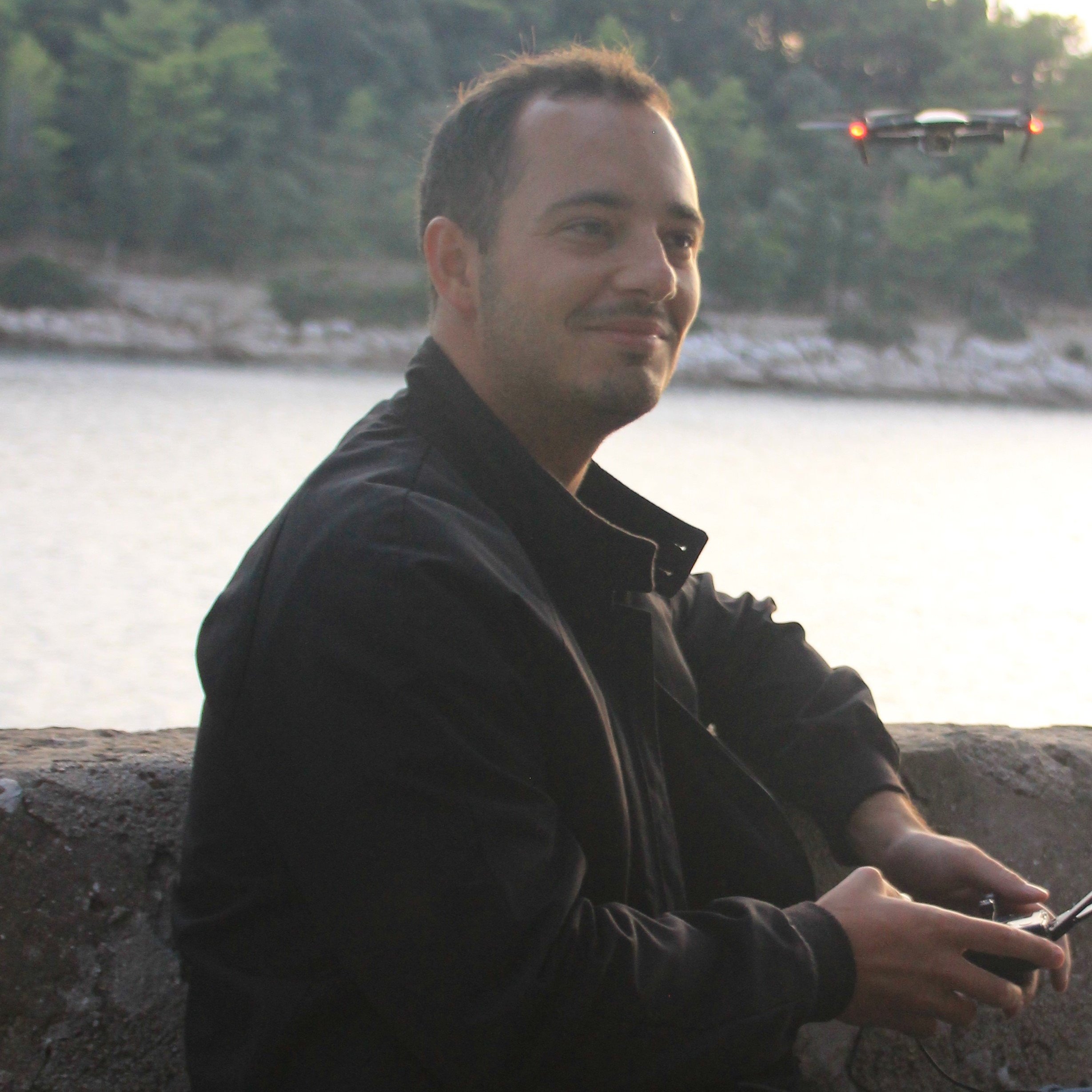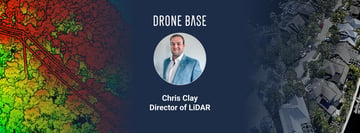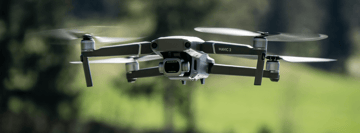Why flight times shouldn’t stop you from embracing drone technology
When weighing up the pros and cons of adopting drone technology, many small businesses and organizations have familiar reservations.
Some of these include the initial costs of equipment, pilot training and insurance - all of which are negated with the use of a drone service provider by the way. But other concerns are more practical: Is the technology ready? Are drones up to the task of assisting my business and providing a decent ROI?
In many cases, the answer is yes. Hardware and software advances in the past five years or so have been significant, combining the latest from the fields of computer vision, autonomous flight and analytics to provide the whirring, data-gathering aerial machines we have today.
But one challenge has remained everpresent: flight time. The majority of commercial multi-rotor drones struggle to fly for much more than half an hour at a time. And although flight times have been slowly improving, these positive steps are more marginal gains than game changers.
Some organizations might view flight times as a big issue. The lack of persistence it entails and the inconvenience of needing to land to swap batteries can be frustrating.
But these limitations shouldn’t be what holds you back from adopting drone technology, particularly with the following advances and solutions in mind.
Come prepared
The most obvious way to get around a drone’s limited flight time is to, as mentioned above, make sure you have multiple batteries ready to go. Landing, swapping batteries and taking off can be done in a matter of seconds.
Depending on your budget, there’s also the option of having a fleet of drones to provide persistence in the skies when you can’t afford to miss a second.
Finally, the best way to avoid flight time becoming an issue is to use your time wisely. That means planning flights in advance, accounting for the conditions and having pilots who are experienced and able to adapt on the fly.
Autonomy & Infrastructure
Two technologies could provide a more permanent solution to the drone industry’s flight time challenges.
The first is the use of tethers. Essentially these systems remove the need for a conventional battery by connecting a drone directly to a power source on the ground. As well as preventing a fly-away situation, these systems also allow you to fly indefinitely while maintaining a constant communications link.
Tethered drones have recently been used to provide security support at the Super Bowl. These systems can be incredibly useful for police and emergency teams who want a permanent eye in the sky above a static but unfolding incident, like a fire or hostage situation.
The second solution is the use of automated docking stations. These are ideal for applications that require regular flights and specific flight paths: Surveilling the perimeter of a sensitive location; inspecting mines after they have been closed down or gathering data on construction progress.
Docking stations effectively provide a drone with a place to send its data, take shelter and recharge in between flights. They act as the hub for fully-automated missions. Atlas Dynamics, Airobotics and Azur Drones are all making headway in the space.
Although docking stations don’t necessarily improve flight times, they do cut out the inconvenience of needing a team on the ground to swap out batteries, saving time and dollars.
Looking ahead
It could be that the most promising solutions to the drone industry’s flight time conundrum are already in the making.
First, there are companies totally rethinking the design of conventional quadcopters, like Impossible Aerospace. Instead of going for marginal gains in terms of battery size and aerodynamic design, the California startup instead spreads battery cells throughout the drone’s body - these are flying batteries rather than battery-powered flying machines.
There is also potential in alternative sources of energy. Hybrid drones that combine electric batteries with conventional fuel have proven capable of long-distance, BVLOS flights in recent times. US manufacturer Harris Aerial launched a hybrid, cargo-carrying drone for extended flights last year; Spanish startup Alpha Unmanned is working with Inmarsat on a similar BVLOS project.
Beyond hybrid solutions is a more environmentally-friendly, futuristic option: hydrogen-powered flight. Back in January, a consortium of UK firms flew a multi-rotor drone powered by a hydrogen fuel cell for over one hour. That may not sound too impressive - until you learn that the massive drone weighed 15kg and was carrying an additional 5kg payload.
In February, MetaVista, a South Korean drone company, used a fuel cell from the same project - provided by UK company Intelligent Energy - to fly a smaller drone for nearly 11 hours.
So there are plenty of reasons to be optimistic. Flight time limitations shouldn’t put you off adopting drone technology. Instead, your best bet is to embrace the technology before it takes off for good.




.png?width=360&name=Banner%20Templates%20(6).png)
